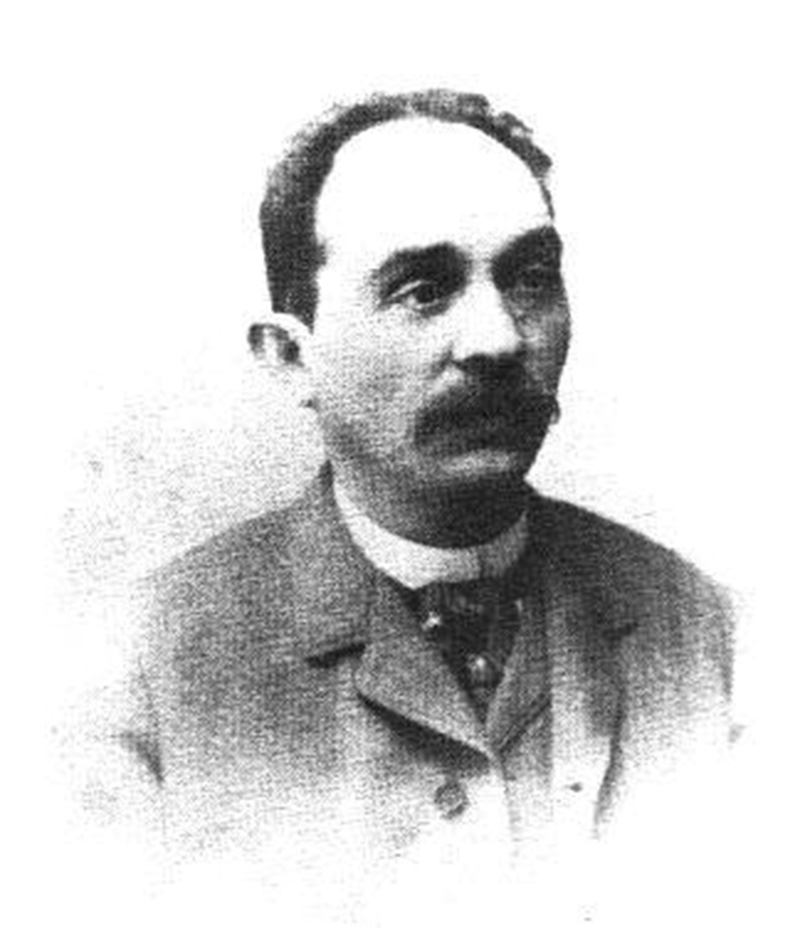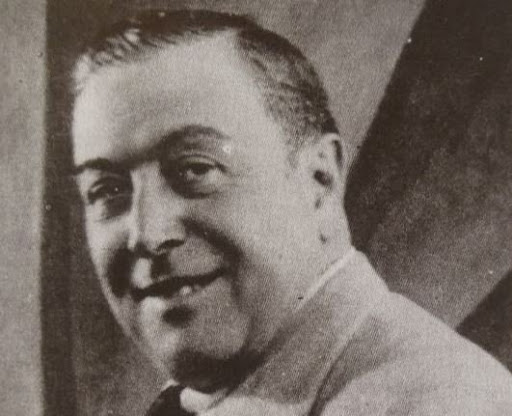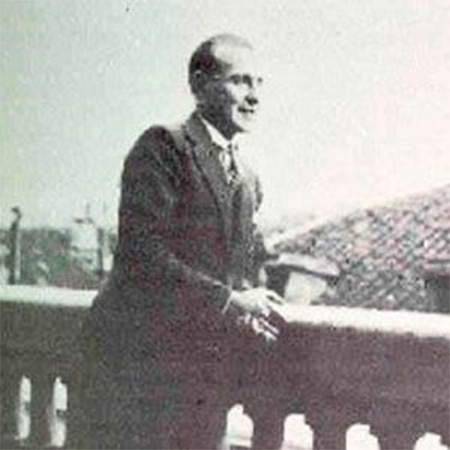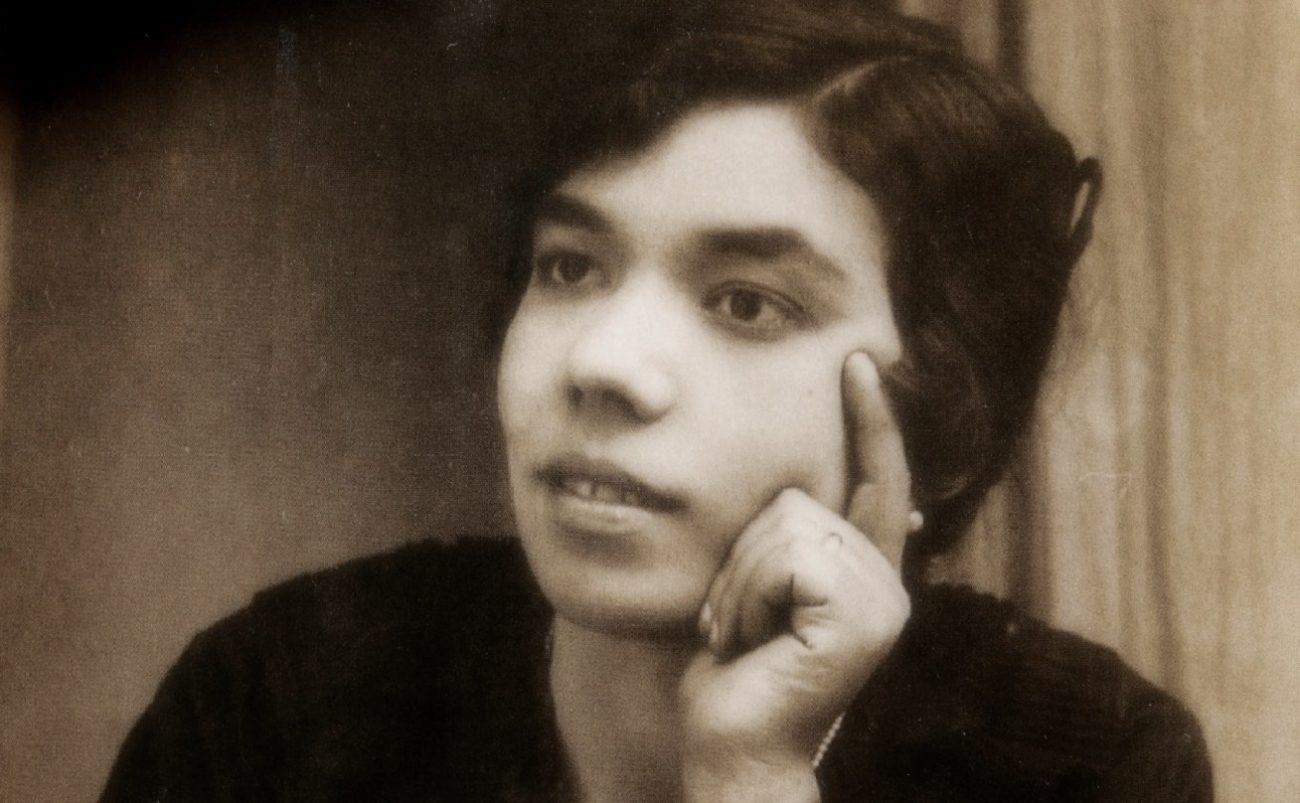Pianist, composer and free teacher of solfège and harmony at the Municipal School of Music. His musical vocation was manifested when he was only 14 years old with compositions for piano, some of which are preserved in The Granada Album of 1856. At 20 years of age, he is piano accompanist of the School of Singing and Declamation Isabel II started by the singer Giorgio Ronconi, but that did not prosper by the ineptitude of the authorities. He composed several zarzuelas, including The Vinegar Mayor and Stop to See; Mr. Count, of 1866 and Jefté’s Daughter, the work in which he put more talent but that his almost sickening modesty prevented him from premiering in Madrid. Together with Enrique Valladar he promoted the Municipal School of Music in Granada to teach classes disinterestedly in the absence of official centers (the Victoria Eugenia Conservatory did not open its doors until 1922).
His dealings with Federico went far beyond solfège lessons. Segura often told him about the mysteries of “the life, loves, sorrows and miseries of the great artists”.
When, in 1909, the García Lorca family left the house in Valderrubio, where they had resided since 1906, so that the children could continue their studies, they moved to an ample apartment on the Acera del Darro. Once in Granada, and with the musical knowledge acquired through the family, Federico García Rodríguez and Vicenta Lorca decided that the siblings should broaden their knowledge. The first teacher of Federico, Francisco and Concha García Lorca was Eduardo Otense, organist of the Cathedral and pianist at the Casino.
But the one who most influenced Federico, beyond even musical knowledge, was Antonio Segura Mesa, a modest teacher who never left Granada but who had among his students two famous composers born in Granada, Ángel Barrios (1882-1964), son of Antonio Barrios, El Polinario, and Francisco Alonso (1887-1948), author of Las Leandras, as well as the pianist José Montero, founder of the Granada Music Band. Federico referred to him as “Verdi’s disciple”. Segura decided to become a student and follower of the Italian master after attending in March 1863 the only evening that the musicians of the city shared with the Italian on the occasion of his visit to Granada.
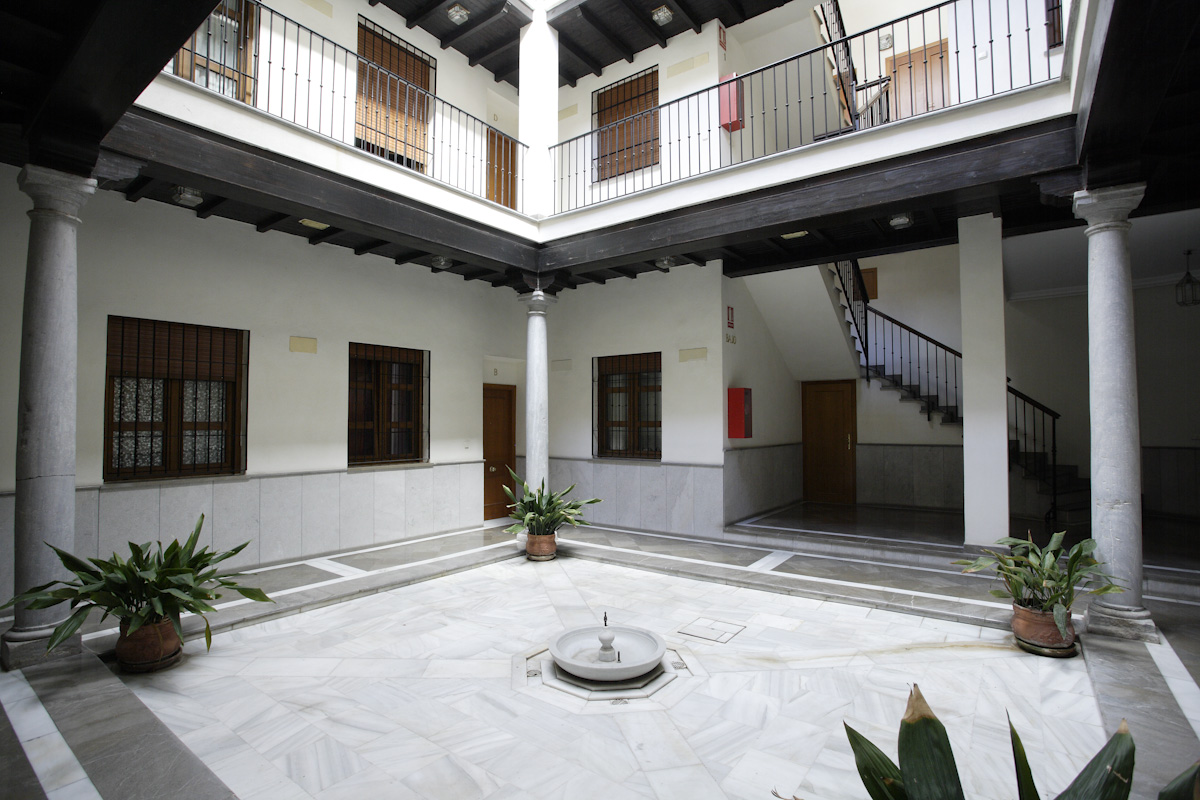
Segura sees in Federico his “admirable native conditions” and believes that he might become an important musician. His dealings with Federico went far beyond solfège lessons. Segura often commented on the mysteries of “the life, loves, sorrows and miseries of the great artists”. At the end of those confessions he repeats a phrase that has transcended the modest lessons of the teacher: “That I have not reached the clouds does not mean that the clouds do not exist”.
Federico, who was then torn between pursuing a musical and literary career, suffered a heavy blow with the death of Segura, to whom he dedicated his first book Impressions and Landscapes: “To the venerated memory of my old music teacher, who passed his gnarled hands, which had played pianos so much and written rhythms on the air, through his twilight silver hair; with the air of a gallant man in love and who suffered his old passions at the spell of a Beethoven sonata. He was a saint!”.
After Segura’s disappearance, Lorca continued his apprenticeship with Juan Benítez, another organist from the Cathedral.
